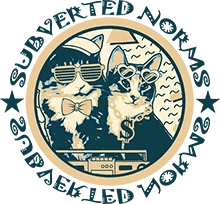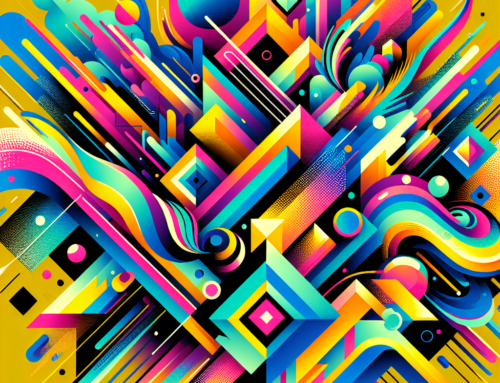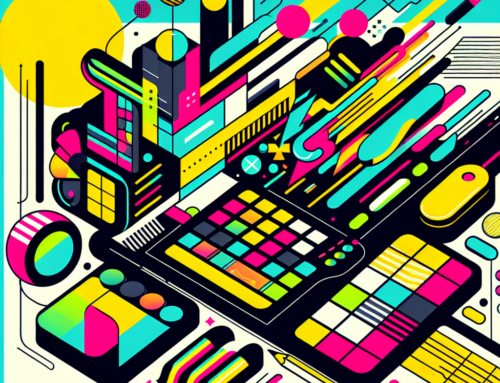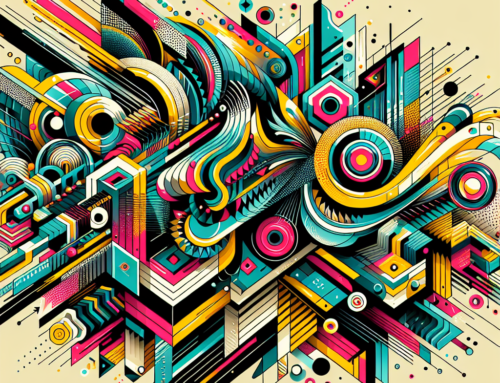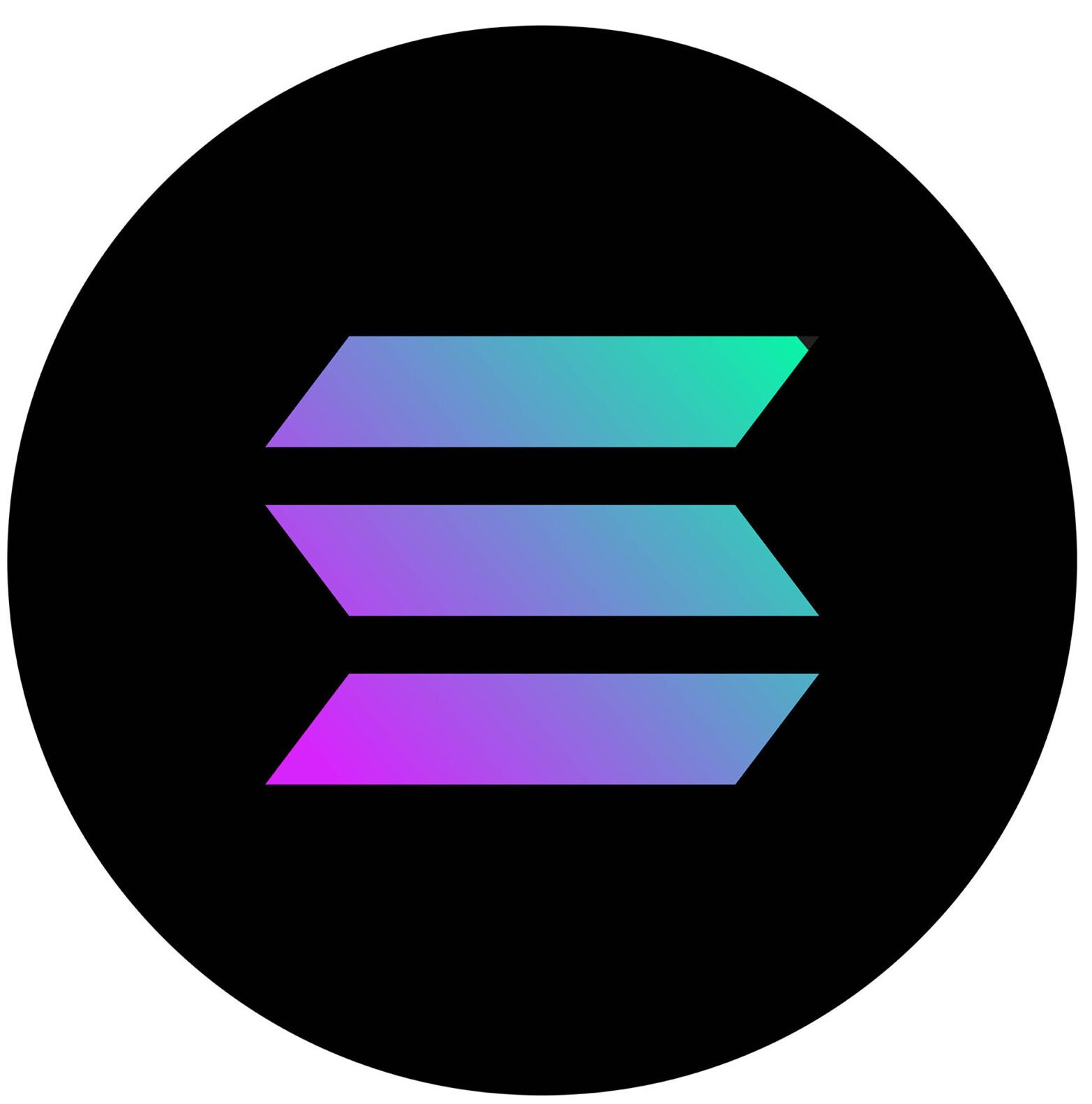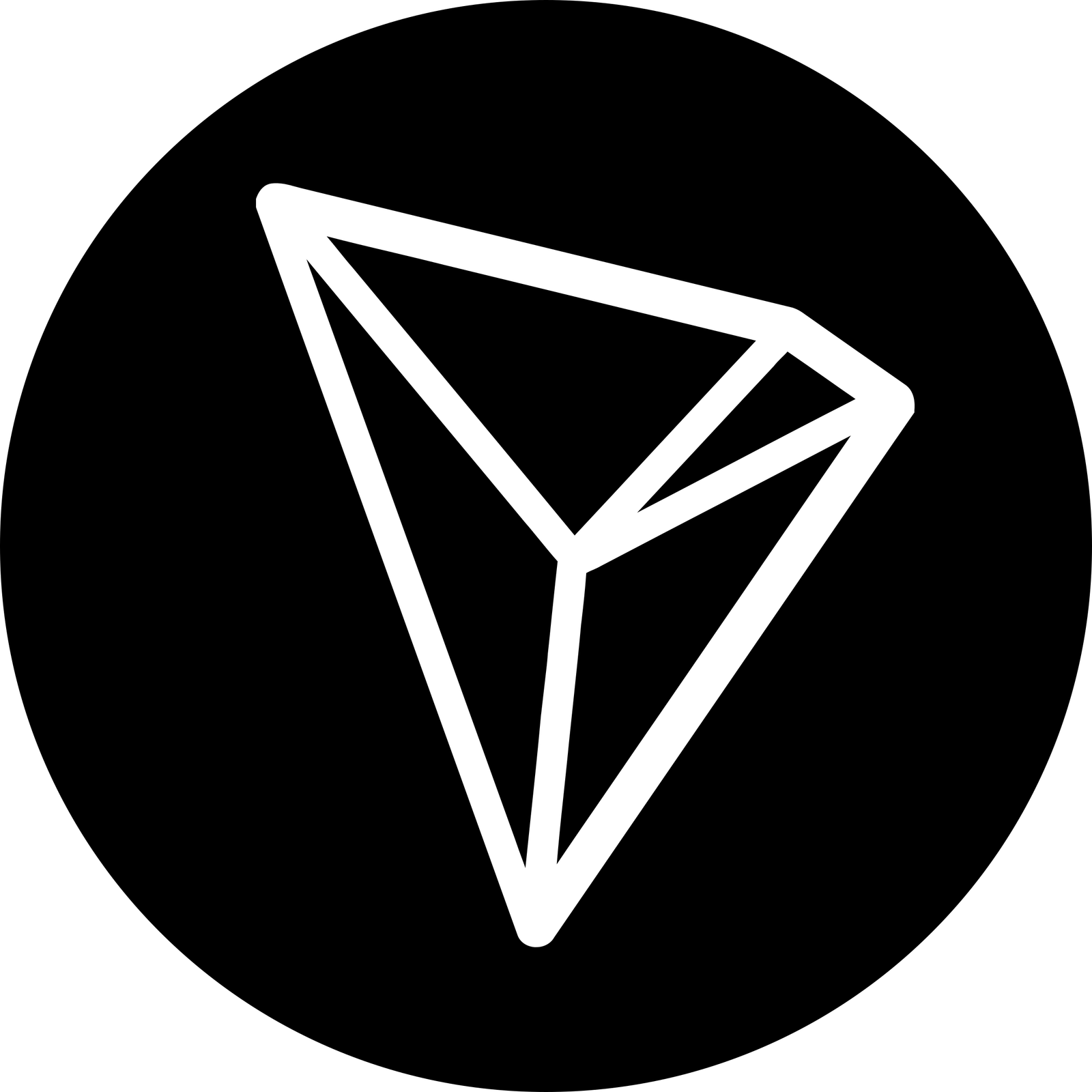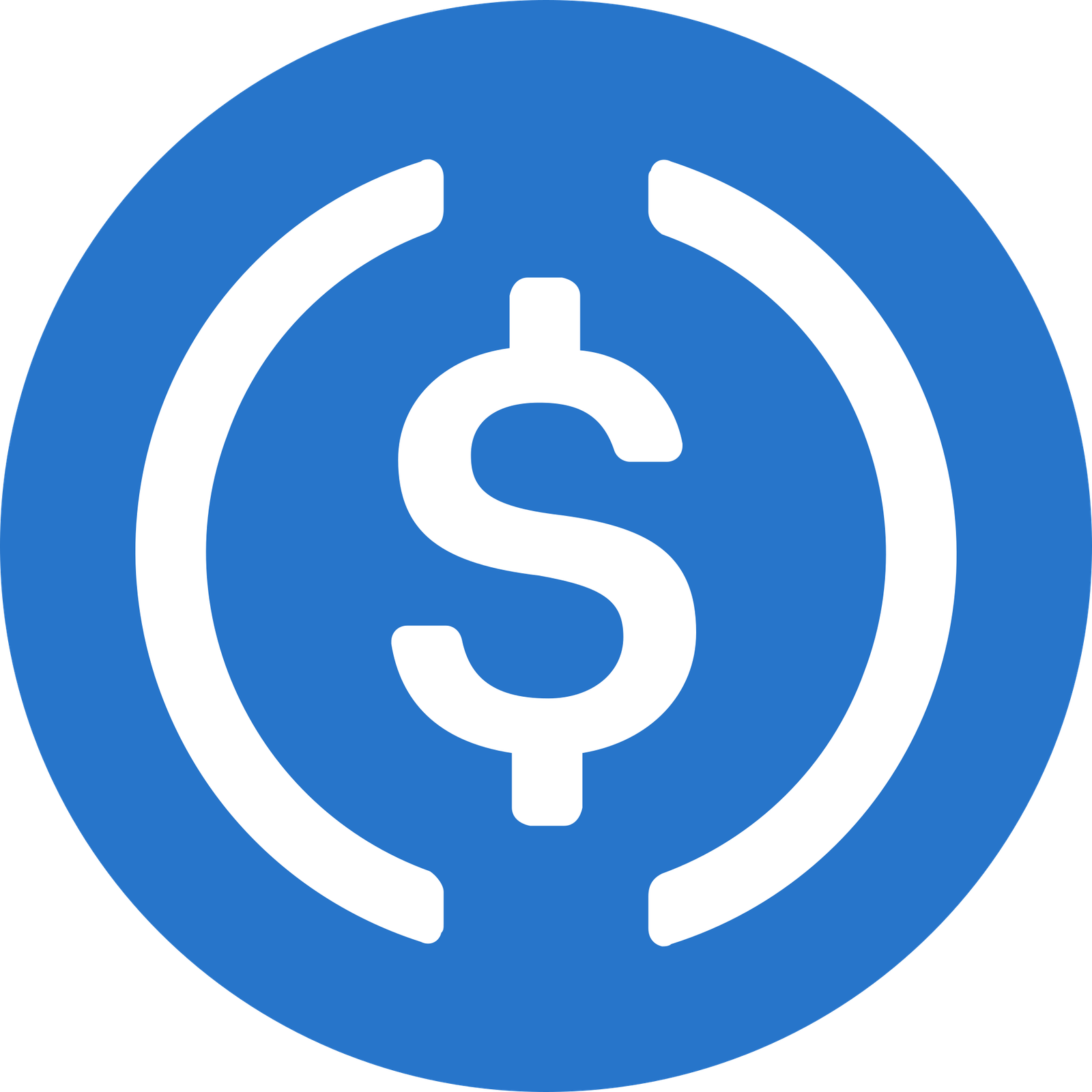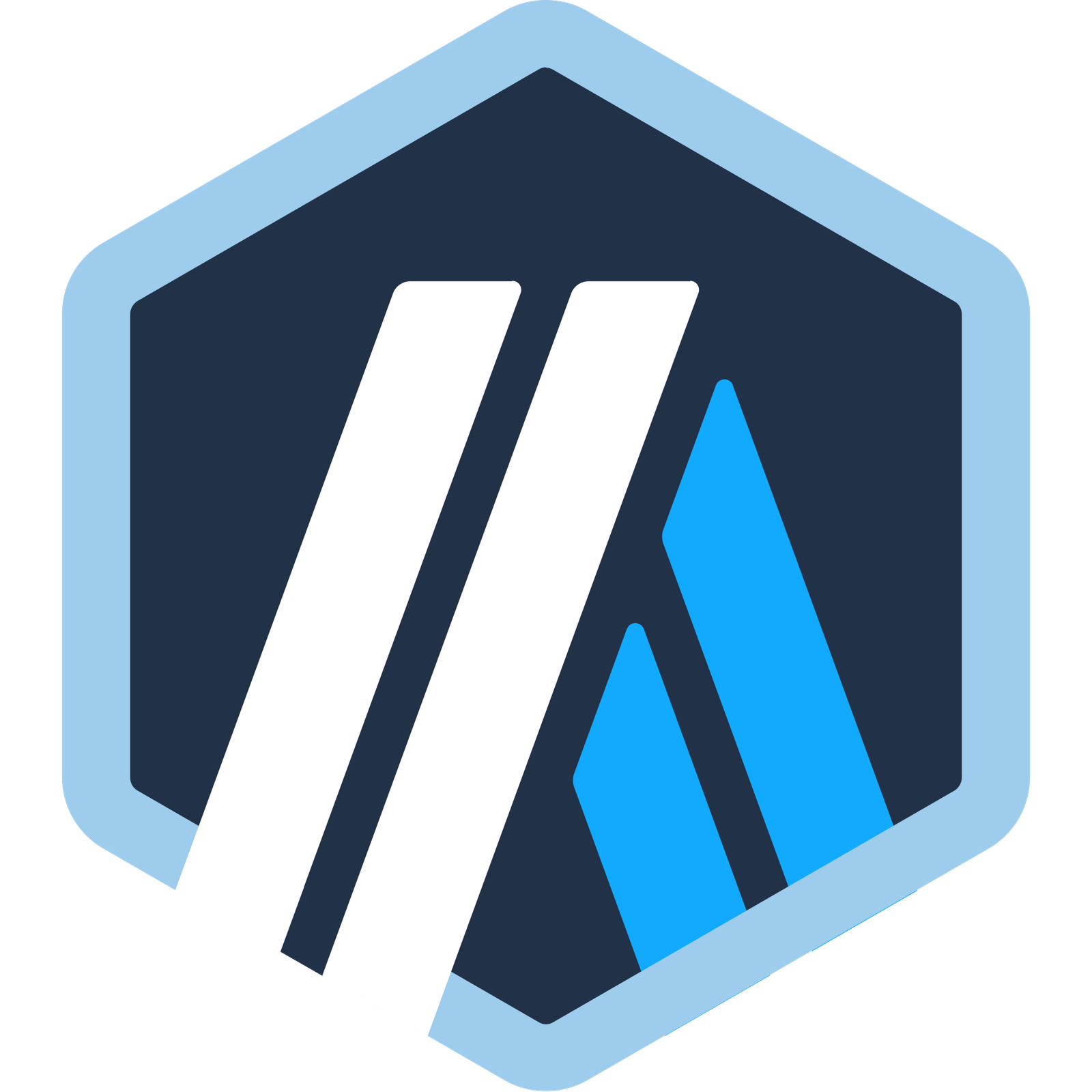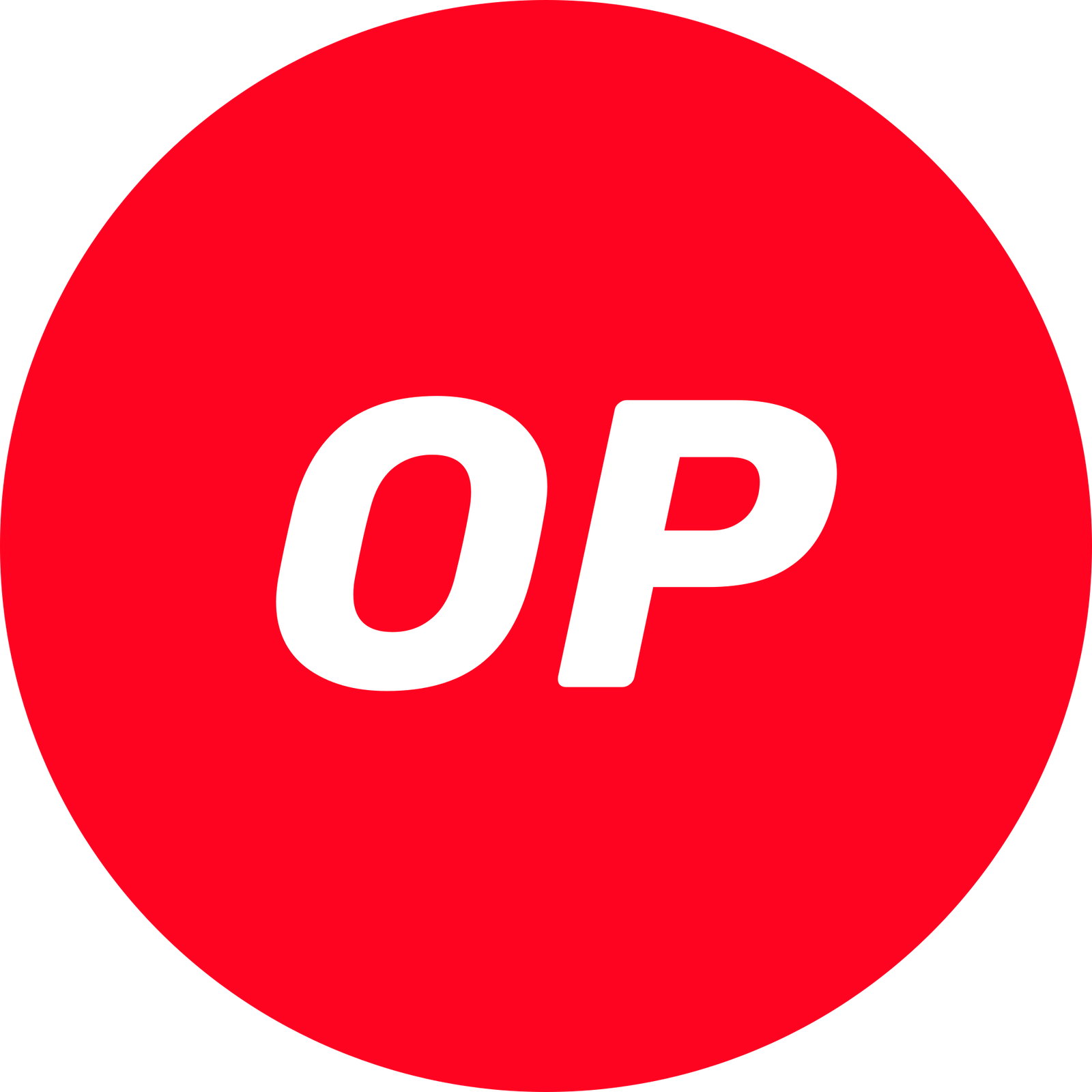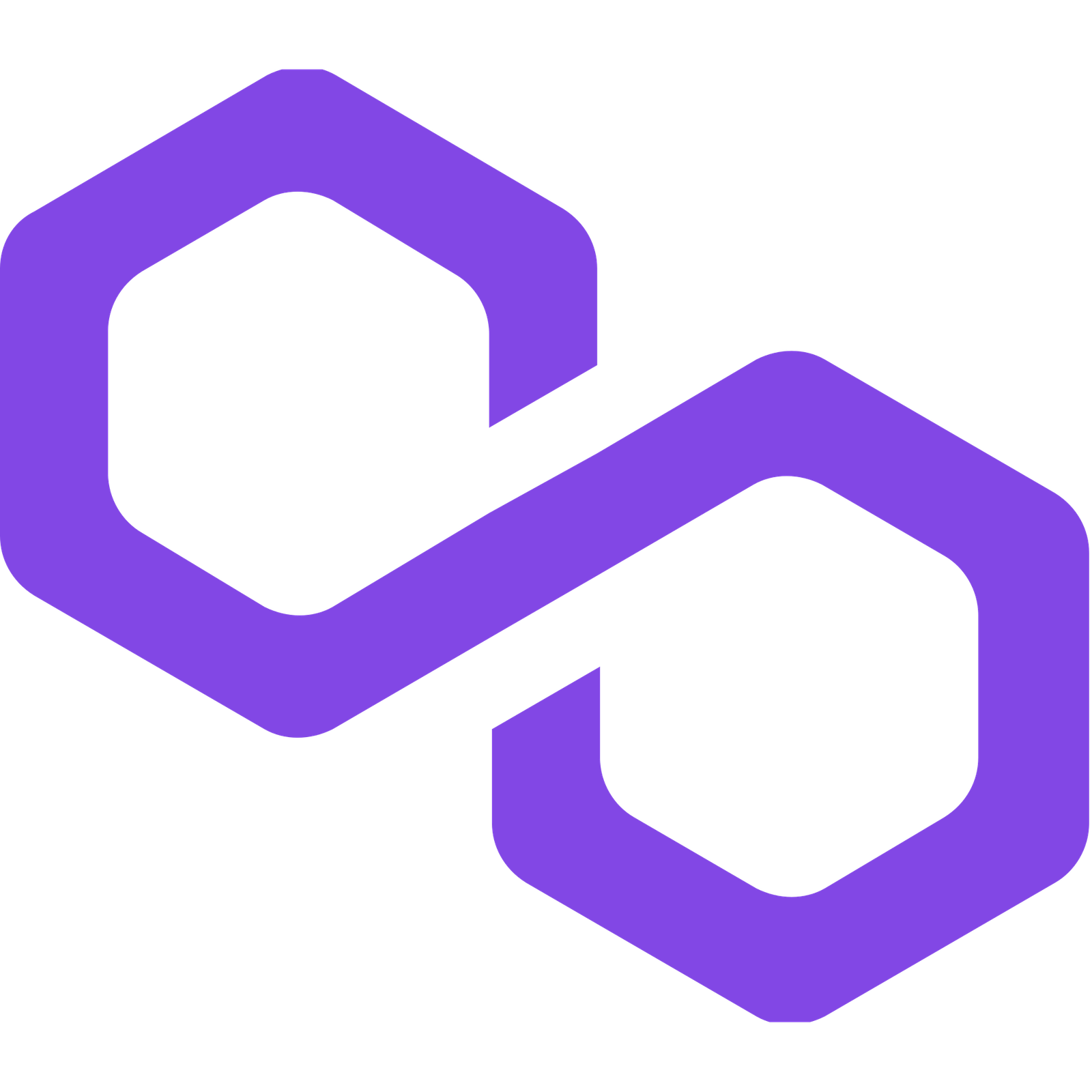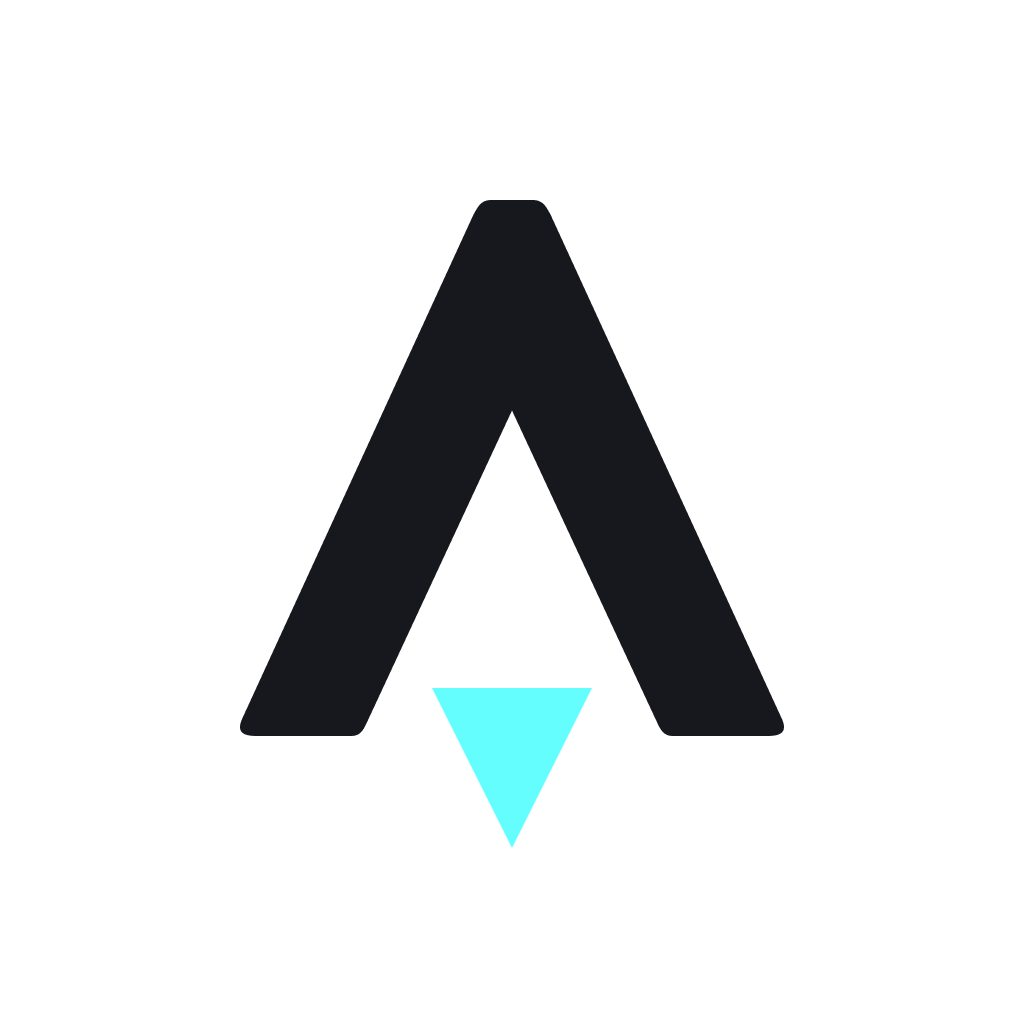Unlocking Blockchain: Future of Secure Development
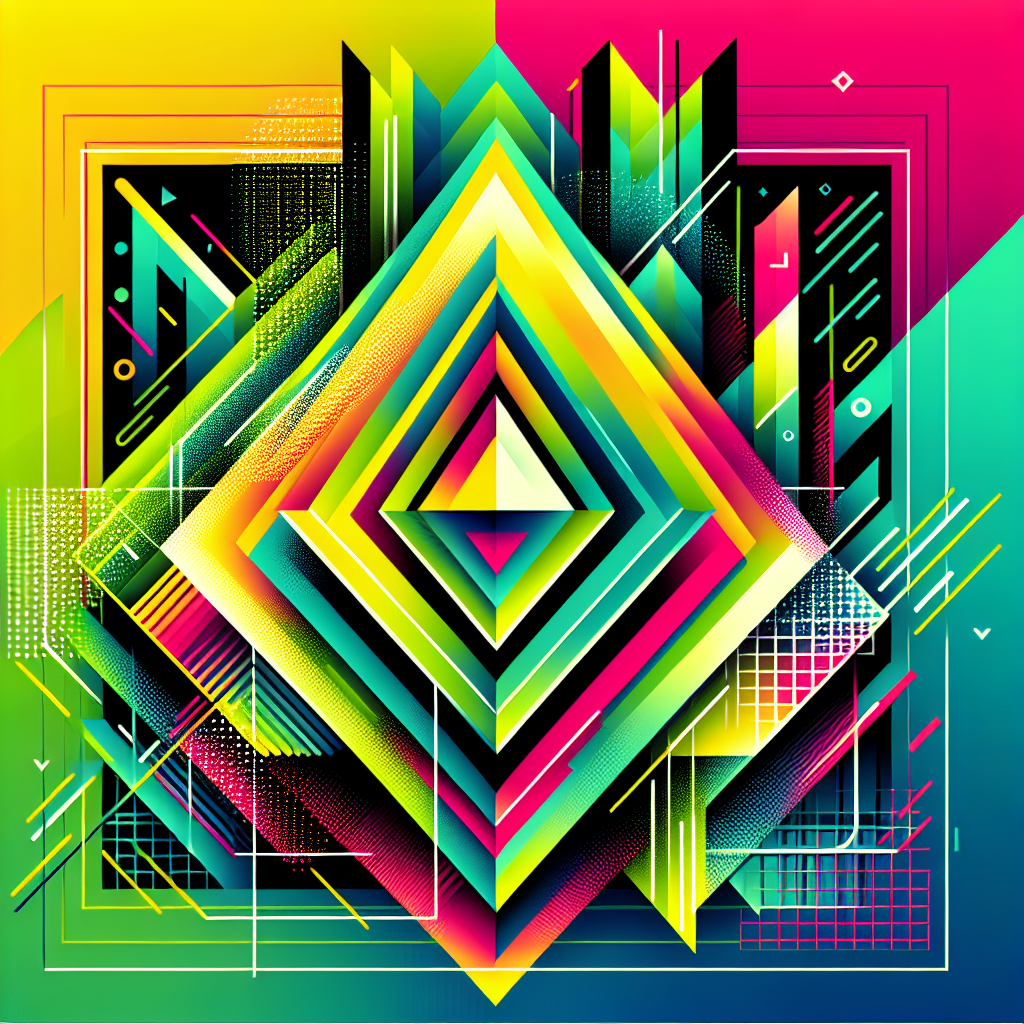
Unlocking Blockchain: The Future of Secure Development in the Web3 Ecosystem
As we traverse deeper into the digital age, the promise of Web3—a decentralized internet powered by blockchain—continues to unfurl. With transformative implications for various sectors, from gaming to finance and art, we are positioned at an inflection point where technological advancement meets the burgeoning need for secure, user-centric solutions. This article explores the latest trends, developments, and breakthroughs shaping the Web3 ecosystem, providing insight into how this new paradigm could redefine digital ownership and experience.
Innovative Developments & Emerging Technologies
Web3 is a fertile ground for innovation, showcasing a plethora of solutions that elevate conventional applications through decentralized platforms. Notably, advancements in blockchain protocols, such as Ethereum 2.0 and newer entrants like Solana and Algorand, are enhancing transaction speeds and scalability, making decentralized applications (dApps) more feasible for widespread use.
Moreover, the integration of NFTs (non-fungible tokens) in various sectors is gaining traction. Beyond creative arts, NFTs are being utilized in real estate for property rights, in ticketing for event access, and in identity verification. Platforms like Rarible and OpenSea are at the forefront, evolving how scarcity and authenticity are perceived in the digital world. CoinDesk and The Block consistently provide updates on these trends, enlightening us on emerging applications and the vast possibilities ahead.
But the innovation does not stop there. The convergence of AI, VR/AR, and blockchain is ushering in immersive experiences that blur the lines between reality and the digital realm. Imagine a metaverse where your digital persona, secured by blockchain technology, interacts in a vast landscape fueled by AI-generated content. These developments pave the way for future digital economies, where traditional notions of value and ownership are profoundly transformed.
Blockchain and Crypto in the Mainstream
As cryptocurrency and blockchain technologies edge closer to mainstream acceptance, industries are rapidly adapting. Financial institutions are exploring ways to integrate cryptocurrencies into their services, with major banks like JPMorgan developing blockchain-based payment systems. Meanwhile, decentralized finance (DeFi) platforms like Aave and Uniswap are reshaping how individuals invest, borrow, and trade assets, circumventing traditional financial intermediaries.
The impact of these systems extends to user engagement and trust. With transparent smart contracts, users are empowered with control over their transactions without reliance on a central authority. Studies, such as CoinTelegraph’s Blockchain Insights, illustrate how this shift can democratize finance and increase user participation in their assets.
Web3 and Gaming
The intersection of Web3 and gaming exemplifies how blockchain technologies can revolutionize user interaction and economics in entertainment. Platforms like Axie Infinity and The Sandbox illustrate how players can earn real-world rewards through gameplay, fundamentally restructuring the gaming economy. Players now possess true ownership of in-game assets, represented as NFTs, which can be traded or sold, thus creating a new layer of value in gaming ecosystems.
This decentralized approach not only creates new revenue streams for players but also opens avenues for developers to engage users more meaningfully. As the lines between gamers and creators blur, we find ourselves witnessing the emergence of participatory culture where community input can directly influence game design and direction.
The Role of Decentralized Autonomous Organizations (DAOs)
DAOs represent a remarkable evolution in organizational governance within the Web3 realm. By allowing members to collaboratively make decisions through blockchain-based voting mechanisms, DAOs promote transparency and community engagement. Projects like DAOstack are pioneering this model, showcasing how organizations can be structured around shared values and collective input rather than traditional hierarchies.
The implications are profound; as DAOs gain traction, they could shift power dynamics across industries, fostering environments where community-driven initiatives can thrive without centralized control. This could redefine how organizations operate, create, and influence their respective domains.
A Vision for the Future
Looking ahead, the potential of Web3 to reshape digital experiences is vast. The integration of decentralized technologies, AI, and immersive environments like the metaverse presents exciting opportunities and challenges. We may see the emergence of new job markets focused on creating and managing digital identities, engaging with virtual assets, and curating digital experiences.
Projects such as Decentraland and Somnium Space hint at a future where individuals engage in rich, interactive spaces governed by decentralized principles, blurring the boundaries between virtual and physical existence. As digital ownership and assets dominate discussions about value, the implications on global economies and individual empowerment will be monumental.
Conclusion
As we embark on this transformative journey through Web3, it is essential to stay informed and engaged with the evolving landscape. The potential held in blockchain, DeFi, NFTs, and decentralized governance hints at a future where our digital lives are secure, interactive, and wholly ours. The onus is on creators, consumers, and businesses alike to explore these innovations and harness their capabilities, ensuring that the principles of decentralization, transparency, and collaboration remain at the core of our digital experiences.
To keep pace with the rapid evolution of Web3, exploring trustworthy sources, engaging with decentralized platforms, and participating in this growing ecosystem is more pertinent than ever. The transformation towards a secure, inclusive, and innovative digital future is not merely an aspiration; it’s a reality we are actively shaping.

